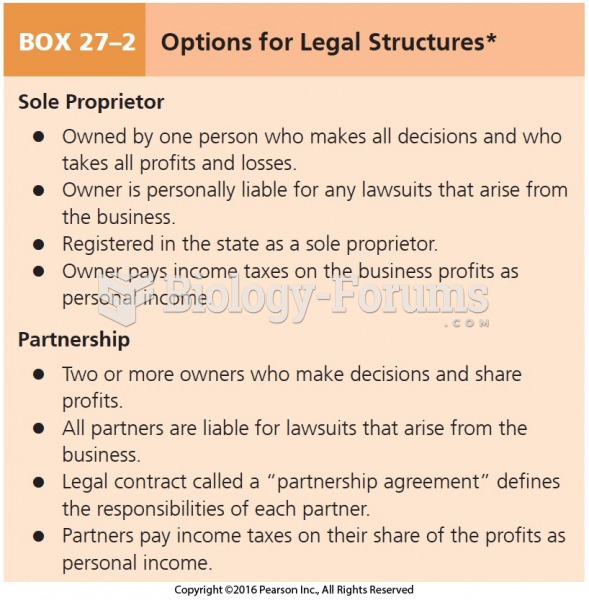Answer to Question 1
Until September 11, sneak-and-peek searches were used mainly in drug cases with
court approval but did have any statutory authority. The USA Patriot Act was the first
time authorization for sneak-and-peek warrants became part of a statute. The Act
authorizes the issuance of these warrants if several requirements are met.
First, the issuing court must find reasonable cause to believe notification may have an
adverse effect..
Second, the authorization for sneak-and-peek warrants prohibits the seizure of any
tangible personal property except where the court finds reasonable necessity for this
seizure.
Thirdly, a sneak-and-peek warrant now provides for the giving of notice within a
reasonable time of its execution, and the period may be extended by a court for good
cause shown.
The Patriot Act authorizes judges to issue sneak-and-peek warrants under three
conditions. These conditions are:
(1) A court finds reasonable cause to believe that providing immediate notification of
the execution of the warrant may have an adverse effect.
(2) The warrant prohibits the seizure of any tangible property except where the court
finds reasonable necessity for the seizure.
(3) The warrant provides for the giving of such notice within a reasonable time of its
execution, which period may be extended by the court for good cause.
Answer to Question 2
For Tier One surveillance, the Patriot Act adds several terrorist crimes to the list of
serious crimes excepted from the general ban on electronic surveillance.
For Tier Two, the Patriot Act allows the government to access stored wire and
electronic communications by voice mail and email. The Act also expands the
power to conduct such investigations to any criminal investigation, not just serious
crimes.
With respect to Tier Three, the Patriot Act expands pen register and trap and trace
in two ways. First, it allows the use of pen registers and trap and trace devices to
capture e-mail headers (not messages). Before the Patriot Act, pen registers and trap
and trace devices were authorized only to capture telephone numbers. Secondly, the
Act expands the geographical area the pen register and trap and trace order covers.
Before the Act, the court's power was limited to issuing orders only within its district
the Patriot Act empowers the court to issue orders to anywhere in the United
States..







